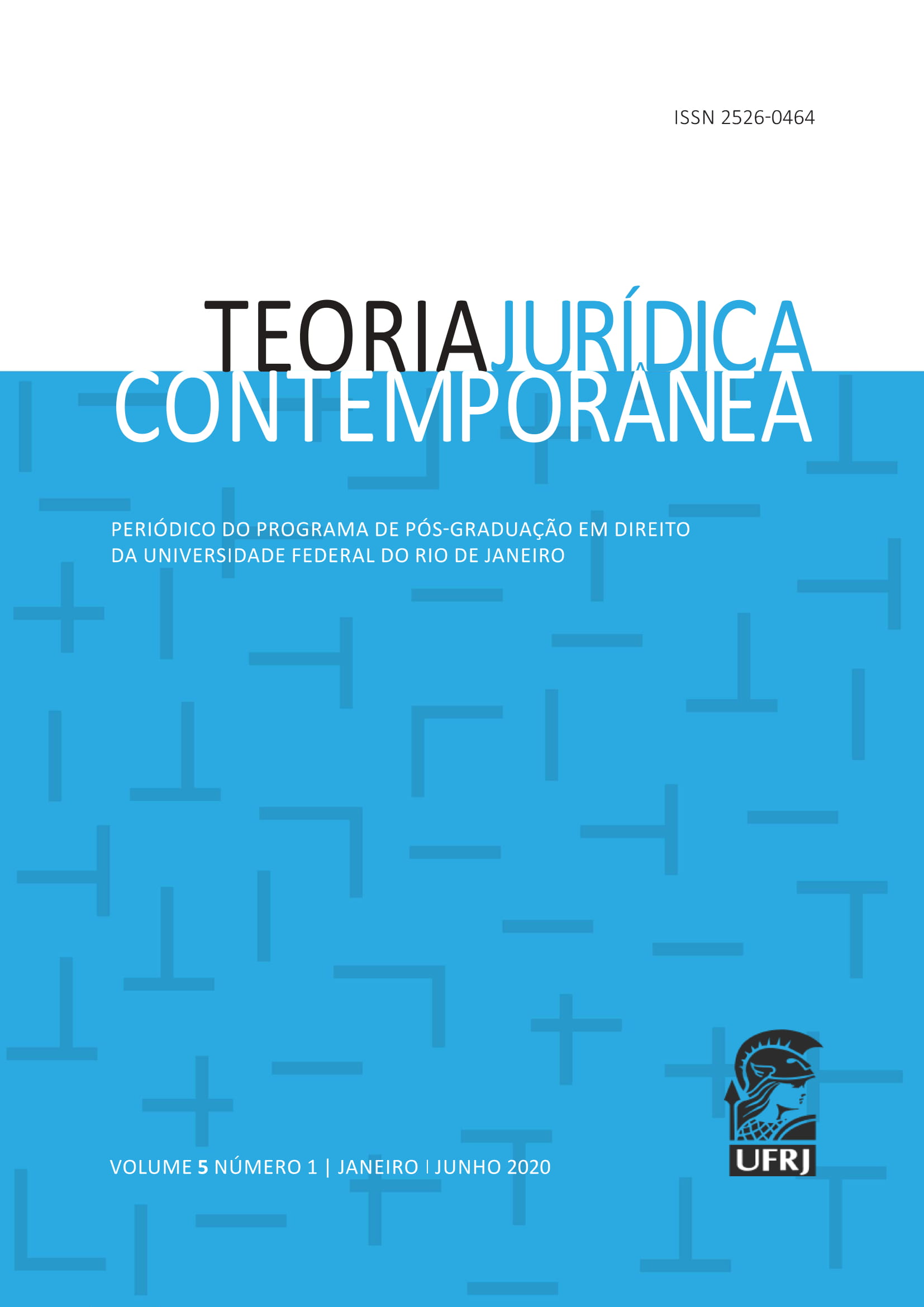Disability, women and care: intersections in applied legal-social relations
DOI:
https://doi.org/10.21875/tjc.v5i1.27991Keywords:
Disability, Feminism, Intersectionality, Care, Legal-social relationsAbstract
ABSTRACT:
In this article we seek to understand the possible intersections between the disability and gender fields, through the proposal of an intersectional dialogue, which also considers other social markers of difference. We supported the theoretical discussion in a look at the social model of disability, with the fundamental contribution of feminist thinking in relation to disability studies, especially due to the centrality attributed to the dimension of care and the contribution of crip theory. We carry out legal-social analyzes from two professional experiences, namely: in the militancy in the legal field in relation to people with disabilities and in university extension research in the formation and intervention in the ways of understanding disability and inclusion and mediation.
Downloads
References
AKOTIRENE, C. O que é interseccionalidade? Belo Horizonte: Letramento. Justificando, 2018.
ALMEIDA, S. L. O que é racismo estrutural? Belo Horizonte: Letramento, 2018.
BLOCK, P; MELLO, A. G.; NUERNBERG, A. H. Não é o corpo que nos discapacita, mas sim a sociedade: a interdisciplinaridade e o surgimento dos estudos sobre deficiência no Brasil e no mundo. In: SCHIMANSKI, E.; CAVALCANTE, F. G.. (Org.). Pesquisa e Extensão: experiências e perspectivas interdisciplinares. 1 ed. Ponta Grossa: Editora UEPG, 2014, p. 91-118.
BRASIL. Política Nacional de Educação Especial na Perspectiva da Educação Inclusiva. Brasília: MEC/SEESP, 2008.
BRASIL. Lei Brasileira de Inclusão da Pessoa com Deficiência. Brasília: Edições Câmara, 2015. Disponível em: http://www.cnmp.mp.br/portal/images/lei_brasileira_inclusao__pessoa__deficiencia.pdf. Acesso em 08 ago. 2019.
BUTLER, J. Quadros de guerra: quando a vida é passível de luto? (Tradução Sergio Lamarão e Arnaldo da Cunha). Rio de Janeiro: Civilização Brasileira, 2015.
BUTLER, J. Corpos em aliança e a política das ruas. Notas para uma teoria performativa de assembleia. (Tradução de Fernanda Siqueira Miguens). Rio de Janeiro: Civilização Brasileira, 2018.
CARNEIRO, S. Racismo, sexismo e desigualdade no Brasil. São Paulo: Selo Negro, 2011.
CRENSHAW, K. “Documento para o encontro de especialistas em aspectos da discrimação racial relativos ao gênero”. Revista Estudos Feministas. v. 10, n. 1, p. 175, 2002. Disponível em: http://www.scielo.br/pdf/ref/v10n1/11636.pdf. Acesso em 24 jan. 2019.
DIAS, A. “Por uma genealogia do capacitismo: da eugenia estatal a narrativa capacitista social”. Anais do I Simpósio Internacional de Estudos sobre a Deficiência – SEDPcD/ Diversitas/ USP Legal, São Paulo, 2013.
DINIZ, D. “Modelo Social de deficiência: a crítica feminista”. Brasília: SérieAnis 28, Letras Livres, 1-8, julho, 2003.
DINIZ, D. O que é deficiência? São Paulo: Brasiliense, 2007.
FEDERICI, S. Calibã e a bruxa. Mulheres, corpo e acumulação primitiva. Traduação de Coletivo Sycorax. São Paulo: Elefante, 2017.
FEDERICI, S. O ponto zero da revolução: trabalho doméstico, reprodução e luta feminista. São Paulo: Elefante, 2019.
FERRI, A. e Gregg, N. “Women with Disabilities: Missing Voices”. Women’s Studies International Forum, v. 21, n. 4, pp. 429- 439, 1998.
FIETZ, H. M.; MELLO, A. G. de. “A Multiplicidade do Cuidado na Experiência da Deficiência”. Revista AntHropológicas, [S.l.], abr. 2019. ISSN 2525-5223. Disponível em: <https://periodicos.ufpe.br/revistas/revistaanthropologicas/article/view/238990>. Acesso em: 06 jun. 2019.
GONZALEZ, L. “Racismo e sexismo na cultura brasileira”. Revista Ciências Sociais Hoje, Anpocs, 1984, p. 223 - 244, 1984.
KAUFMAN, N. Cinco pistas para uma prática de mediação escolar não medicalizante. In: Comissão de Psicologia e Educação (Org.) Conversações em Psicologia e Educação. Rio de Janeiro: CRPRJ, 2016.
KAUFMAN, N. e TABAK, S. “Inclusão e mediação escolar: norteadores para uma prática ética”. Revista Educação Online. Rio de Janeiro, n. 22, 2016, p. 27-42.
MOHANTY, C. T. Feminism Without Borders. Durham/London: Duke University Press, 2003.
MARTINS, B. S; FONTES, F. Deficiência e Emancipação Social. Para uma crise da normalidade. Coimbra: Almedina, 2016.
MELLO, A. G. e NUERNBERG. A. H. “Gênero e deficiência: interseções e perspectivas”. Revista Estudos Feministas, Florianópolis: setembro-dezembro 2012 (635-655).
MELLO, A. G. “Deficiência, incapacidade e vulnerabilidade: do capacitismo ou a preeminência capacitista e biomédica do Comitê de Ética em Pesquisa da UFSC”. Ciências e saúde coletiva, Rio de Janeiro , v. 21, n. 10, p. 3265-3276, Out. 2016 . Available from <http://www.scielo.br/scielo.php?script=sci_arttext&pid=S1413-81232016001003265&lng=en&nrm=iso>. Acesso em: 05 jun 2019.
MELLO, A. G. Gênero nas políticas da deficiência, deficiência nas políticas para mulheres: uma análise de documentos oficiais sobre violências contra mulheres com deficiência. In: Deficiência em questão para uma crise de normalidade. Rio de Janeiro: NAU, 2017.
MELLO, A. G. et al. “Entre Pesquisar e Militar: engajamento político e construção da teoria feminista no Brasil”. Revista Ártemis. vol. 15 nº1; jan-jul 2013. pp. 10-29. Disponível em: http://www.periodicos.ufpb.br/ojs/index.php/artemis/article/view/16635/9492. Acesso em: 05 jun. 2019.
MCRUER, R. Compulsory Able-Bodiedness and Queer/Disabled Existence. In: Snyder SL, Brueggmann BJ, Garland-Thomsom R. (orgs). Disability studies: enabling the humanities. New York: Modern Languague Association of America; 2002. pp. 88-99.
ONU. Conselho de Direitos Humanos. Estudio temático sobre la cuestión de la violencia contra las mujeres y las niñas y la discapacidad . Disponível em: <http://www.acnur.org/t3/fileadmin/ Documentos/BDL/2014/9693.pdf?view=1>. Acesso em: 10 abr. 2019.
WHO. World Report on Disability. Geneva: World Health Organization Press, 2011. Disponível em: <http://whqlibdoc.who.int/publications/2011/9789240685215_eng.pdf>. Acesso em: 22 mar. 2018
Downloads
Published
Issue
Section
License
The authors who publish in this journal agree with the following terms:
1. The authors maintain the copyright and grant the journal the right of first publication, with the work simultaneously licensed under the Creative Commons Attribution License that allows the sharing of the work with recognition of authorship and initial publication in this journal.
2. Authors are allowed to assume additional contracts separately, for non-exclusive distribution of the version of the work published in this journal (e.g., publishing in an institutional repository or as a book chapter), with acknowledgment of authorship and initial publication in this journal.
3. Authors are allowed and encouraged to publish and distribute their work online (e.g., in institutional repositories or as a personal page) at any point before or during the editorial process, as this may generate productive changes, as well as increase the impact and citation of the published work (See The Effect of Open Access).

This work is licensed under a Creative Commons Attribution-ShareAlike 3.0 Brazil License.

